Zamieszczamy fragment: całość, która jest także tylko fragmentem, olbrzymich opracowań Stacha z Warty, złożonych z około czternastu tysięcy rysunków, znajduje się na stronie WWW.Najmita
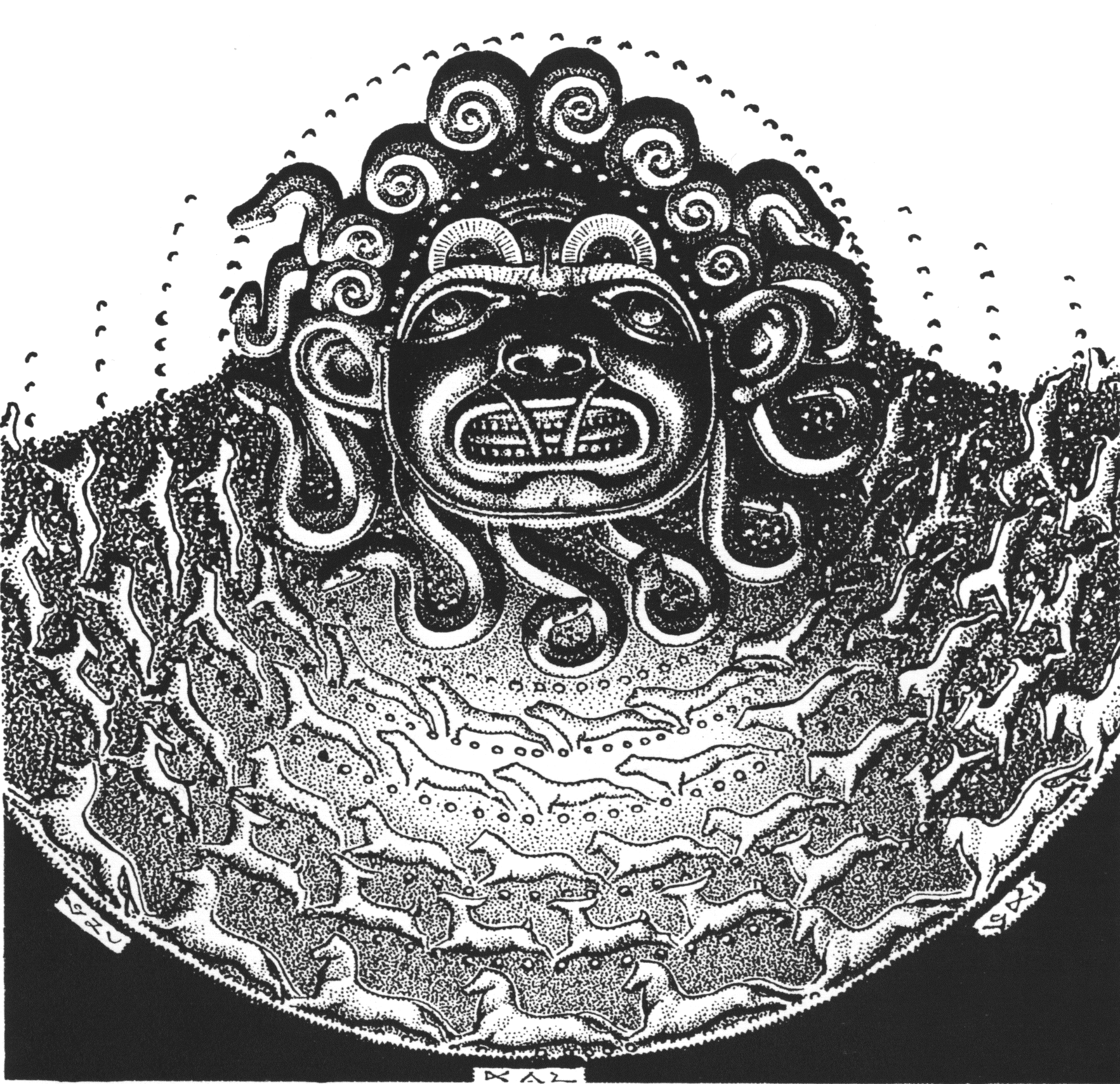
Polecam też filmy na You Toube ze strony:
WyznawcaPeruna
Stanisław Szukalski
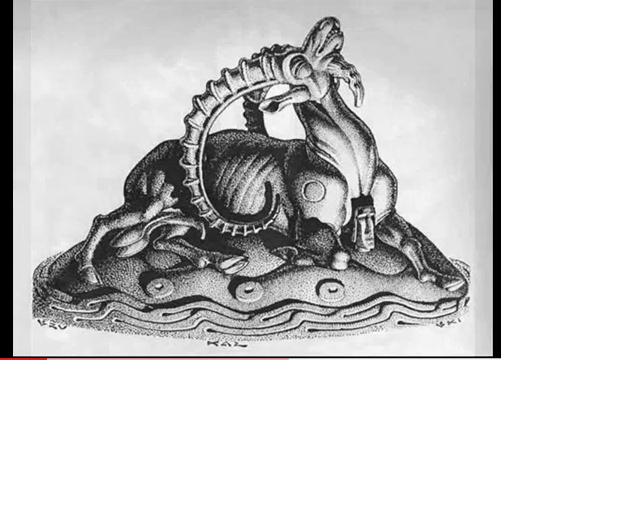
ze strony dzowajta:
Rogate Serce – film w 3 częściach: Szukalski, Konarski, Frączek

Także film z muzyką doskonałego białoruskiego zespołu, o którym zamieścimy osobne opracowanie
Stary Olsa

ze strony derewigewanderer14
C.B.

Anthropolitical Motivations
by: Stanisław Szukalski
Being a professional man in numerous fields of intellectual activities, I have evolved a different attitude towards them than the layman, who keeps on repeating the same phraseology and terminology, thus sustaining the same, common attitude. Frankly, I am talented in many fields because my interests are numerous, so that I understand to a higher degree how they are interrelated.
Thus, when I say about myself that I am a genius, it is not self-praise, but a statement to describe a type of mind that: whatever it does in any field, it does well. A mind that peruses in many fields will comprehend better, and many things more, than one that is absorbed in only one. It becomes a universal mind.
Since man recently suffered two global calamities in, as in my case, a single lifetime, I have been dwelling on causes that might have brought these to their culmination. Naturally I have read the opinions of statesmen and contemporary historians blaming the munition manufacturers, the bankers, the imperialists (always of other nations, never their own) for the two World Wars, but as usual, was not satisfied with their answers. Of course I am an egocentric, otherwise I would have remained a noncreative consumer of other people’s thinking. But since I belong to the group of self-igniting individualists who never doubt their wisdom, it was but natural for me to personally approach the all-absorbing dilemma of What Causes Wars and their ever increasing deaths (in the last World War almost 50,000,000 died on both sides of the conflict).
|
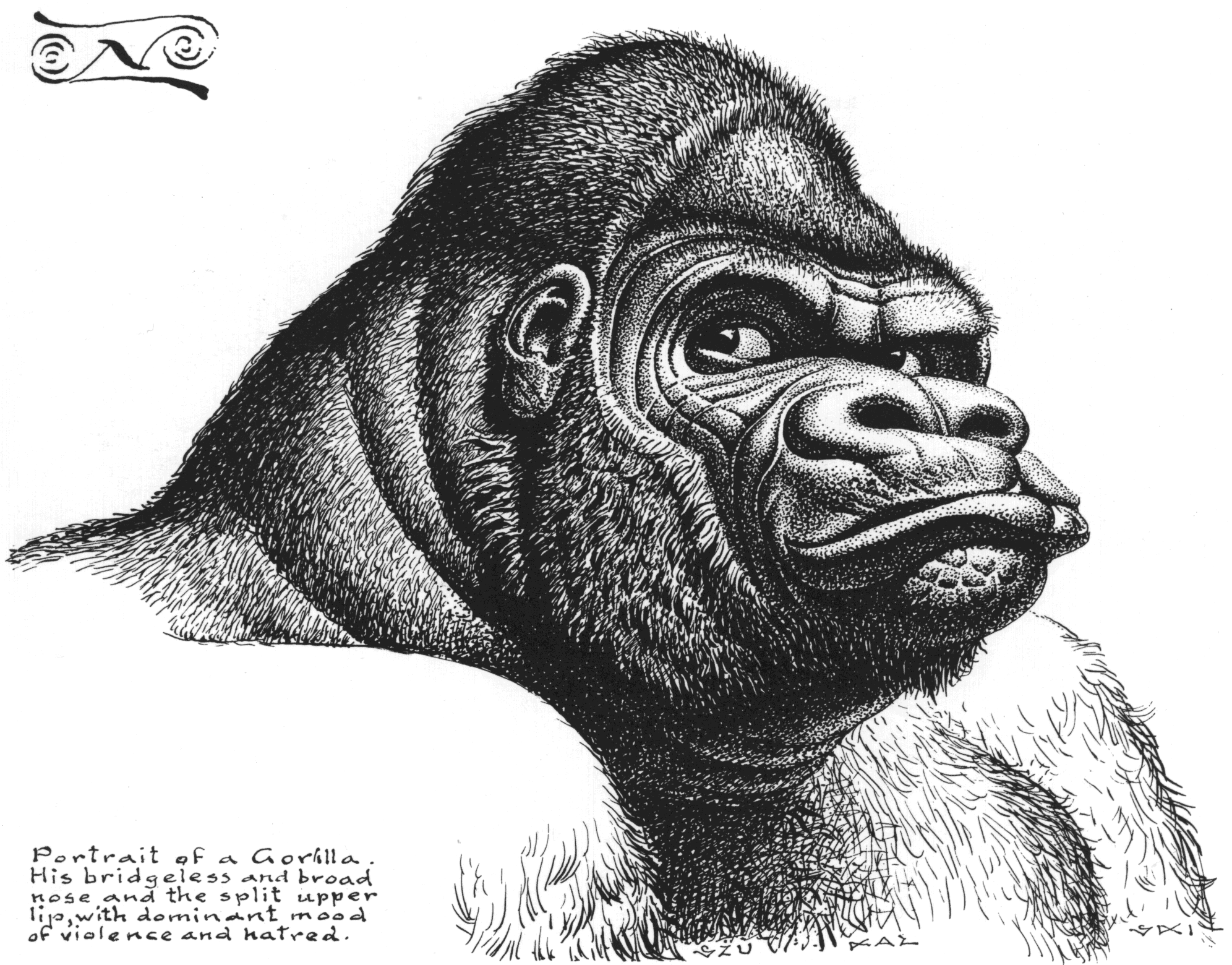 For one, humans are mammalians. They are born in the same way as many animals and have the same means of procreation. Many a trait is animal-like and even dispositions are very often similar. A gorilla, though it is the largest of the apes and terrifyingly powerful so that it needs no pretending extensions of its ferocity, has an ever ready growl on its face and a permanent frown, so to frighten all smaller creatures. This reveals intrinsic cowardice. So, many governments, when frightened by the military superiority of a prospective victim nation, abuse that nation with the foulest invectives, because basically they are cowards. Their bluff and their threats are symptomatic of their frantic FEAR. However, when they feel they are capable of destroying the other, they make special effort to show friendliness, so to attack unexpectedly. For one, humans are mammalians. They are born in the same way as many animals and have the same means of procreation. Many a trait is animal-like and even dispositions are very often similar. A gorilla, though it is the largest of the apes and terrifyingly powerful so that it needs no pretending extensions of its ferocity, has an ever ready growl on its face and a permanent frown, so to frighten all smaller creatures. This reveals intrinsic cowardice. So, many governments, when frightened by the military superiority of a prospective victim nation, abuse that nation with the foulest invectives, because basically they are cowards. Their bluff and their threats are symptomatic of their frantic FEAR. However, when they feel they are capable of destroying the other, they make special effort to show friendliness, so to attack unexpectedly. |
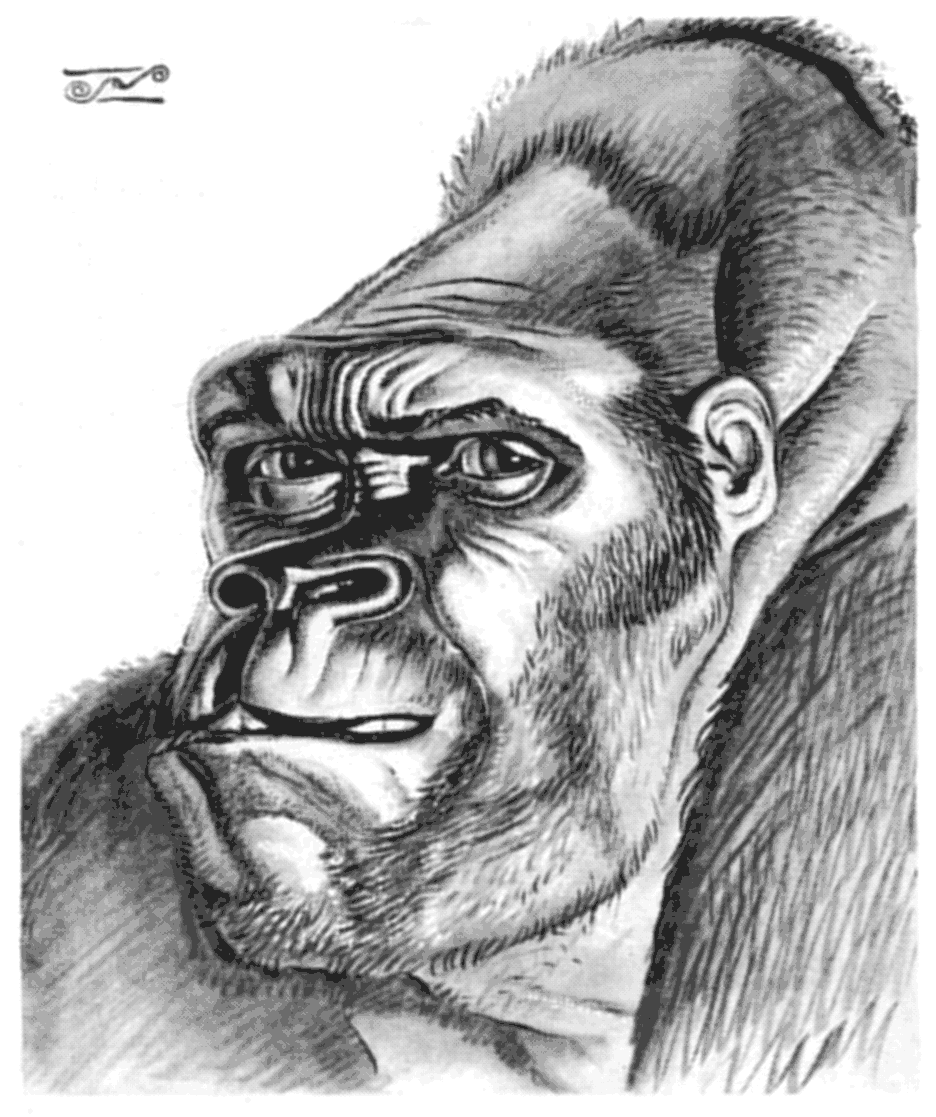 But I have drawn four gorillas for you, which may seem overdone evidence that I wish to present. Not so! Though gorillas are native to West Africa, specifically the Kivu Highlands in Nigeria, there are several strains of them, each with various dispositions. Note the different design of the nostrils of the following anthropoids. Note that the first one has a split nose, which superficial cleavage continues on the upperlip. Syphilis, which was originally an animal disease, caused the cleavage of the roof of the mouth and the harelip, together with a large space between the upper teeth. Eventually these anthropoids became to a great extent immune to syphilis, and the cleavage became characteristic of the class.Note that the drawing to the right shows a gorilla with an unsplit nose. But I have drawn four gorillas for you, which may seem overdone evidence that I wish to present. Not so! Though gorillas are native to West Africa, specifically the Kivu Highlands in Nigeria, there are several strains of them, each with various dispositions. Note the different design of the nostrils of the following anthropoids. Note that the first one has a split nose, which superficial cleavage continues on the upperlip. Syphilis, which was originally an animal disease, caused the cleavage of the roof of the mouth and the harelip, together with a large space between the upper teeth. Eventually these anthropoids became to a great extent immune to syphilis, and the cleavage became characteristic of the class.Note that the drawing to the right shows a gorilla with an unsplit nose. |
|
|
 The third gorilla has nostrils that lay flatly wrinkled on the muzzle and there is no split across the nose. Its mass of hair begins immediately above the massive brows. The third gorilla has nostrils that lay flatly wrinkled on the muzzle and there is no split across the nose. Its mass of hair begins immediately above the massive brows. |
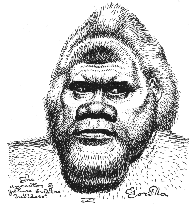 This gorilla’s portrait, however, shows more humanoid traits, already indicating interspecies bastardy. The nose, though almost caricature-like, could be that of Leo Tolstoy or Maxim Gorki. The expression is almost human, but for the brooding hatred in the eyes. The mouth is completely human. The neck, like on the others, is of course totally missing. Here you have an ancestor, the sire of our future empire-amassers. This gorilla’s portrait, however, shows more humanoid traits, already indicating interspecies bastardy. The nose, though almost caricature-like, could be that of Leo Tolstoy or Maxim Gorki. The expression is almost human, but for the brooding hatred in the eyes. The mouth is completely human. The neck, like on the others, is of course totally missing. Here you have an ancestor, the sire of our future empire-amassers. |
|
|
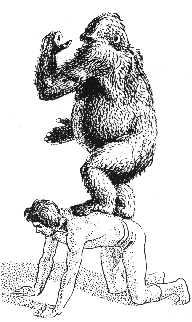 Due to our ignorance of our bastardly past, our inbreed-ing with the apes, we carry the Burden of History, which actually is the struggle between Humans and aHumans. The aHumans, however, because they are born in our own countries and communicate in our languages, are not recognized and are taken to be Poles in Poland, Englishmen in England, Russians in Russia.The gigantic abdomen that gorillas have to keep on filling all day long was inherited by their bastardly descendants, which physical trait was sublimated into avarice for everything in sight. Due to our ignorance of our bastardly past, our inbreed-ing with the apes, we carry the Burden of History, which actually is the struggle between Humans and aHumans. The aHumans, however, because they are born in our own countries and communicate in our languages, are not recognized and are taken to be Poles in Poland, Englishmen in England, Russians in Russia.The gigantic abdomen that gorillas have to keep on filling all day long was inherited by their bastardly descendants, which physical trait was sublimated into avarice for everything in sight. |
 Despite Darwin’s assurance that the two species of ape and human do not produce offspring, I will show you some examples to the contrary. In an old medical book I found this photograph of an oddly proportioned dwarf. His arms were so short that they barely reached to his pelvic bone at the base of his long torso. Therefore, he could not walk upright, because our arms have to counter-swing with the opposite legs in order to keep our balance while walking. Despite Darwin’s assurance that the two species of ape and human do not produce offspring, I will show you some examples to the contrary. In an old medical book I found this photograph of an oddly proportioned dwarf. His arms were so short that they barely reached to his pelvic bone at the base of his long torso. Therefore, he could not walk upright, because our arms have to counter-swing with the opposite legs in order to keep our balance while walking. |
|
|
 When I first came to the U.S.A., living with my parents in Chicago, I would always see the white horse of the cart that delivered goods to a bakery sto When I first came to the U.S.A., living with my parents in Chicago, I would always see the white horse of the cart that delivered goods to a bakery sto |
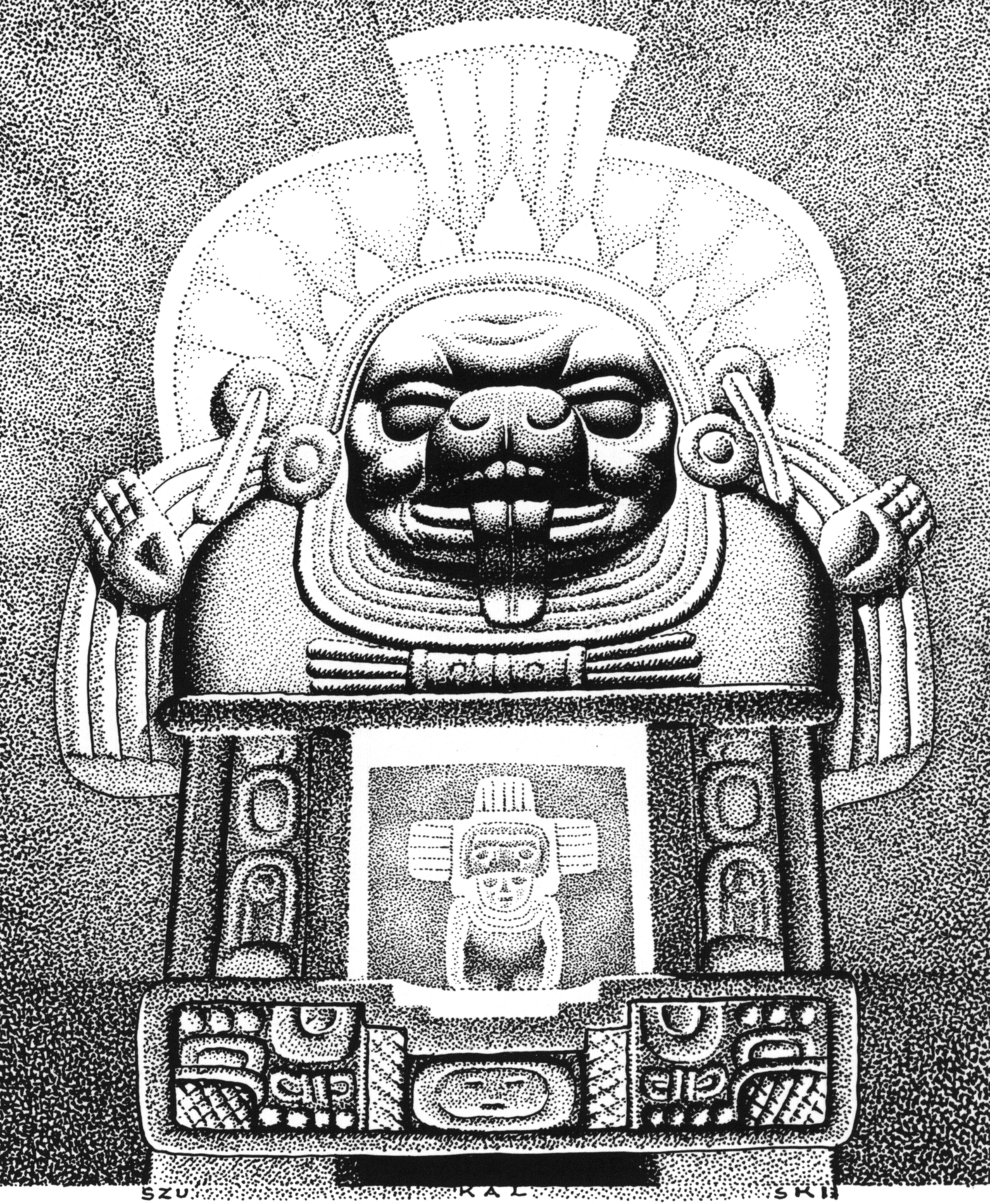
Anthropolitical Motivations by: Stanisław SzukalskiBeing a professional man in numerous fields of intellectual activities, I have evolved a different attitude towards them than the layman, who keeps on repeating the same phraseology and terminology, thus sustaining the same, common attitude. Frankly, I am talented in many fields because my interests are numerous, so that I understand to a higher degree how they are interrelated.
Thus, when I say about myself that I am a genius, it is not self-praise, but a statement to describe a type of mind that: whatever it does in any field, it does well. A mind that peruses in many fields will comprehend better, and many things more, than one that is absorbed in only one. It becomes a universal mind.
Since man recently suffered two global calamities in, as in my case, a single lifetime, I have been dwelling on causes that might have brought these to their culmination. Naturally I have read the opinions of statesmen and contemporary historians blaming the munition manufacturers, the bankers, the imperialists (always of other nations, never their own) for the two World Wars, but as usual, was not satisfied with their answers. Of course I am an egocentric, otherwise I would have remained a noncreative consumer of other people’s thinking. But since I belong to the group of self-igniting individualists who never doubt their wisdom, it was but natural for me to personally approach the all-absorbing dilemma of What Causes Wars and their ever increasing deaths (in the last World War almost 50,000,000 died on both sides of the conflict).
 |
For one, humans are mammalians. They are born in the same way as many animals and have the same means of procreation. Many a trait is animal-like and even dispositions are very often similar. A gorilla, though it is the largest of the apes and terrifyingly powerful so that it needs no pretending extensions of its ferocity, has an ever ready growl on its face and a permanent frown, so to frighten all smaller creatures. This reveals intrinsic cowardice. So, many governments, when frightened by the military superiority of a prospective victim nation, abuse that nation with the foulest invectives, because basically they are cowards. Their bluff and their threats are symptomatic of their frantic FEAR. However, when they feel they are capable of destroying the other, they make special effort to show friendliness, so to attack unexpectedly. |
| But I have drawn four gorillas for you, which may seem overdone evidence that I wish to present. Not so! Though gorillas are native to West Africa, specifically the Kivu Highlands in Nigeria, there are several strains of them, each with various dispositions. Note the different design of the nostrils of the following anthropoids. Note that the first one has a split nose, which superficial cleavage continues on the upperlip. Syphilis, which was originally an animal disease, caused the cleavage of the roof of the mouth and the harelip, together with a large space between the upper teeth. Eventually these anthropoids became to a great extent immune to syphilis, and the cleavage became characteristic of the class.Note that the drawing to the right shows a gorilla with an unsplit nose. |
 |
 The third gorilla has nostrils that lay flatly wrinkled on the muzzle and there is no split across the nose. Its mass of hair begins immediately above the massive brows.
The third gorilla has nostrils that lay flatly wrinkled on the muzzle and there is no split across the nose. Its mass of hair begins immediately above the massive brows. When I first came to the U.S.A., living with my parents in Chicago, I would always see the white horse of the cart that delivered goods to a bakery sto
When I first came to the U.S.A., living with my parents in Chicago, I would always see the white horse of the cart that delivered goods to a bakery sto












